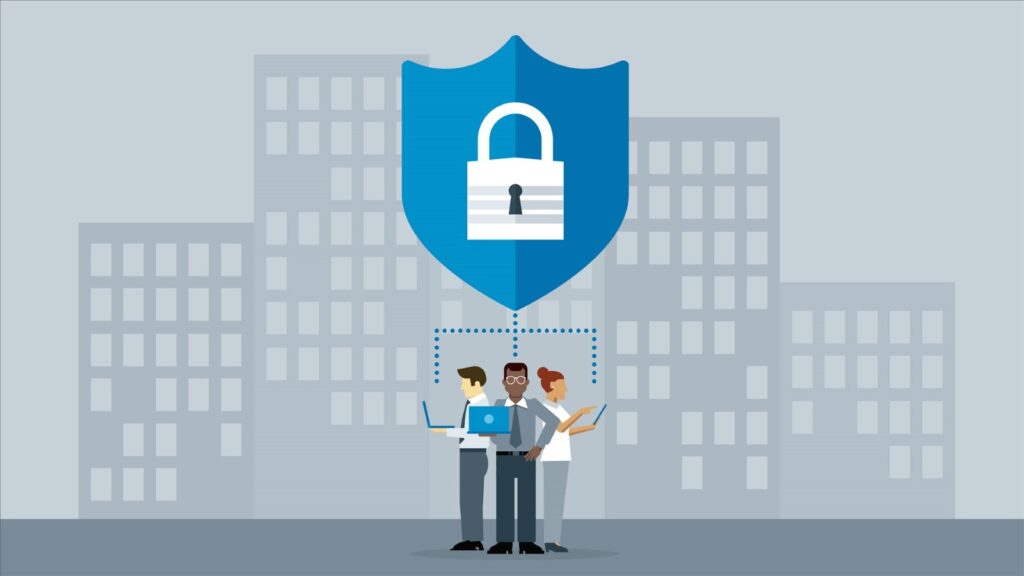Securing the Future: How to Use LLMOps for Enhanced Security
In today’s digital age, security is a paramount concern. As the digital landscape expands and evolves, so do the threats that organizations face. According to Cyces Large Language Models (LLMs) have emerged as powerful tools for natural language processing and enhancing security measures. In this blog, we will explore how to harness the capabilities of LLMs through LLMOps to bolster your security infrastructure.
The Role of LLMs in Security
Before diving into the practical applications of LLMOps in security, it’s essential to understand how LLMs can contribute to this critical area:
1. Threat Intelligence Analysis: LLMs can use vast amounts of data, including text from news articles, social media, and forums, to identify potential security threats or vulnerabilities. By analyzing this unstructured data, they can provide valuable insights to security teams.
2. Automated Threat Detection: LLMs can be trained to identify ways and anomalies in network traffic or system logs. This enables automated threat detection, allowing organizations to respond rapidly to breaches or attacks.
3. Natural Language Understanding for Security Queries: LLMs can interpret and react to natural language queries, making it easier for security professionals to access information and insights quickly. This can significantly speed up incident response and decision-making.
4. Phishing Detection: LLMs can assist in identifying phishing attempts by analyzing the text and context of emails or messages. They can flag suspicious content and reduce the risk of falling victim to phishing attacks.

Implementing LLMOps for Security
Now, let’s explore how to use LLMOps to leverage these capabilities effectively for security:
1. Data Preparation
To use LLMs for security, you need high-quality data. This includes historical security incident data, threat intelligence feeds, and other relevant information. LLMOps teams should focus on:
- Data Collection: Gather diverse data sources, including structured and unstructured data.
- Data Cleaning: Ensure data quality by removing duplicates, correcting errors, and handling missing values.
- Data Labeling: Annotate data for supervised learning tasks, such as training models for threat detection.
2. Model Selection and Training
Selecting the exemplary LLM architecture and fine-tuning it for security tasks is crucial. Here’s how LLMOps can make it happen:
- Model Selection: Choose an LLM architecture that aligns with your security objectives. For instance, you might use a model pre-trained on cybersecurity-related text.
- Fine-tuning: Train the selected model on your security dataset to adapt it to your organization’s needs. Fine-tuning involves adjusting hyperparameters and optimizing performance.
3. Integration
To make LLMs a seamless part of your security infrastructure, integration is critical:
- API Integration: Develop APIs or connectors that allow security tools to communicate with LLMs. This enables real-time threat analysis and response.
- Alerting and Automation: Set up automated alerts and actions triggered by LLM-generated insights. For example, automatically block malicious IP addresses or quarantine suspicious files.
4. Continuous Monitoring and Improvement
LLMOps for security isn’t a one-time task; it’s an ongoing process:
- Monitoring: Continuously monitor model performance and its impact on security operations. Be vigilant for false positives and negatives.
- Feedback Loop: Incorporate feedback from security analysts to fine-tune models further and improve their accuracy.
- Adaptation: As security threats evolve, adapt your LLM-based security solutions accordingly. Regularly update training data and retrain models.
5. Ethical Considerations
Lastly, ethical considerations are paramount:
- Bias Mitigation: Implement strategies to reduce bias in LLM-based security systems to avoid discrimination or unfair targeting.
- Privacy and Compliance: Ensure that your use of LLMs complies with privacy regulations and industry standards. Protect sensitive data and respect user privacy.
Wrapping up:
Incorporating LLMOps into your security strategy can enhance your organization’s ability to detect, respond to, and mitigate security threats. As LLMs advance, their role in security operations will only grow.
By following best practices in data preparation, model training, integration, monitoring, and ethical considerations, you can harness the power of LLMs to fortify your digital defenses and secure your organization’s future. For more insightful blogs, visit auxin.io.






